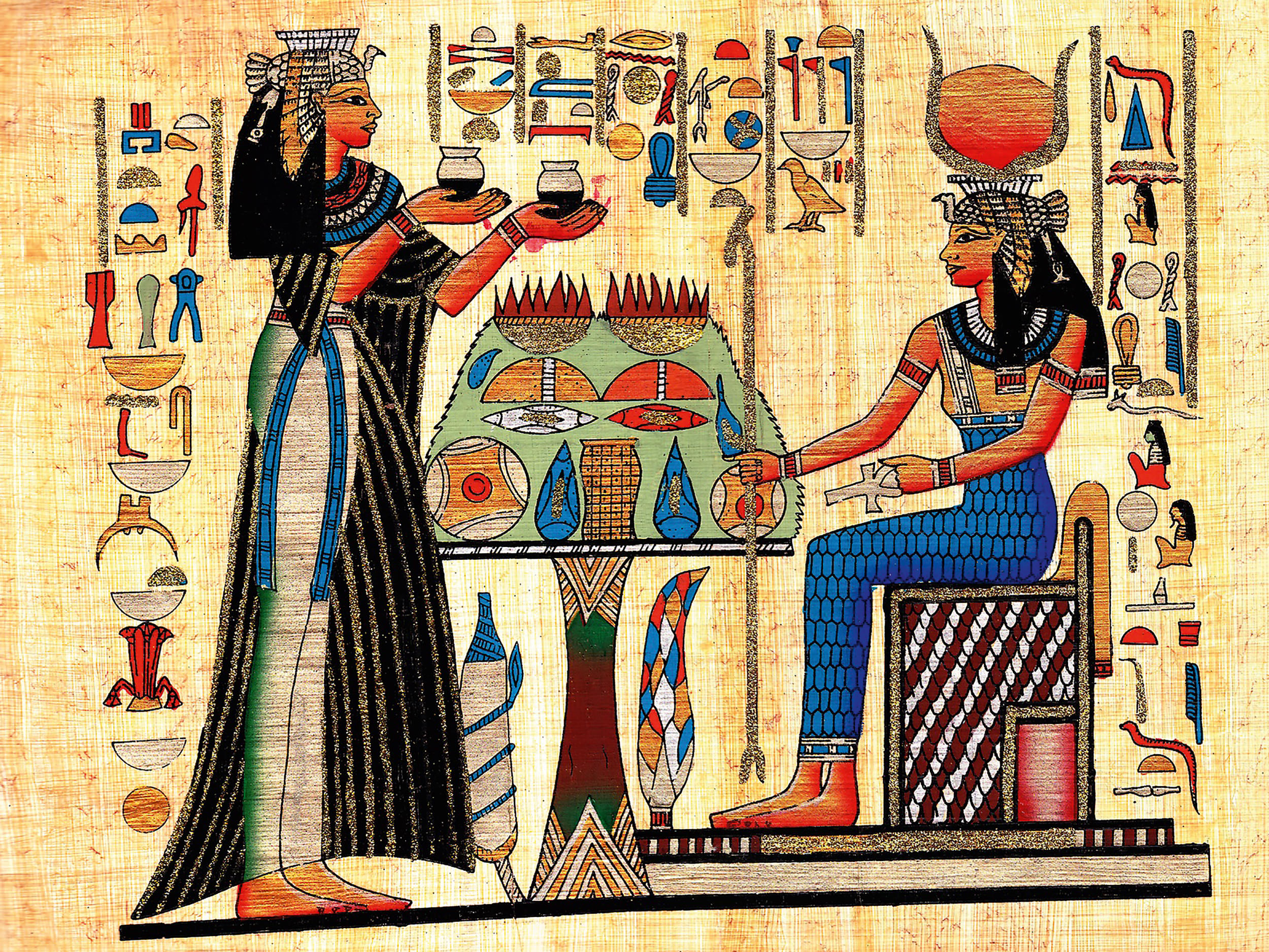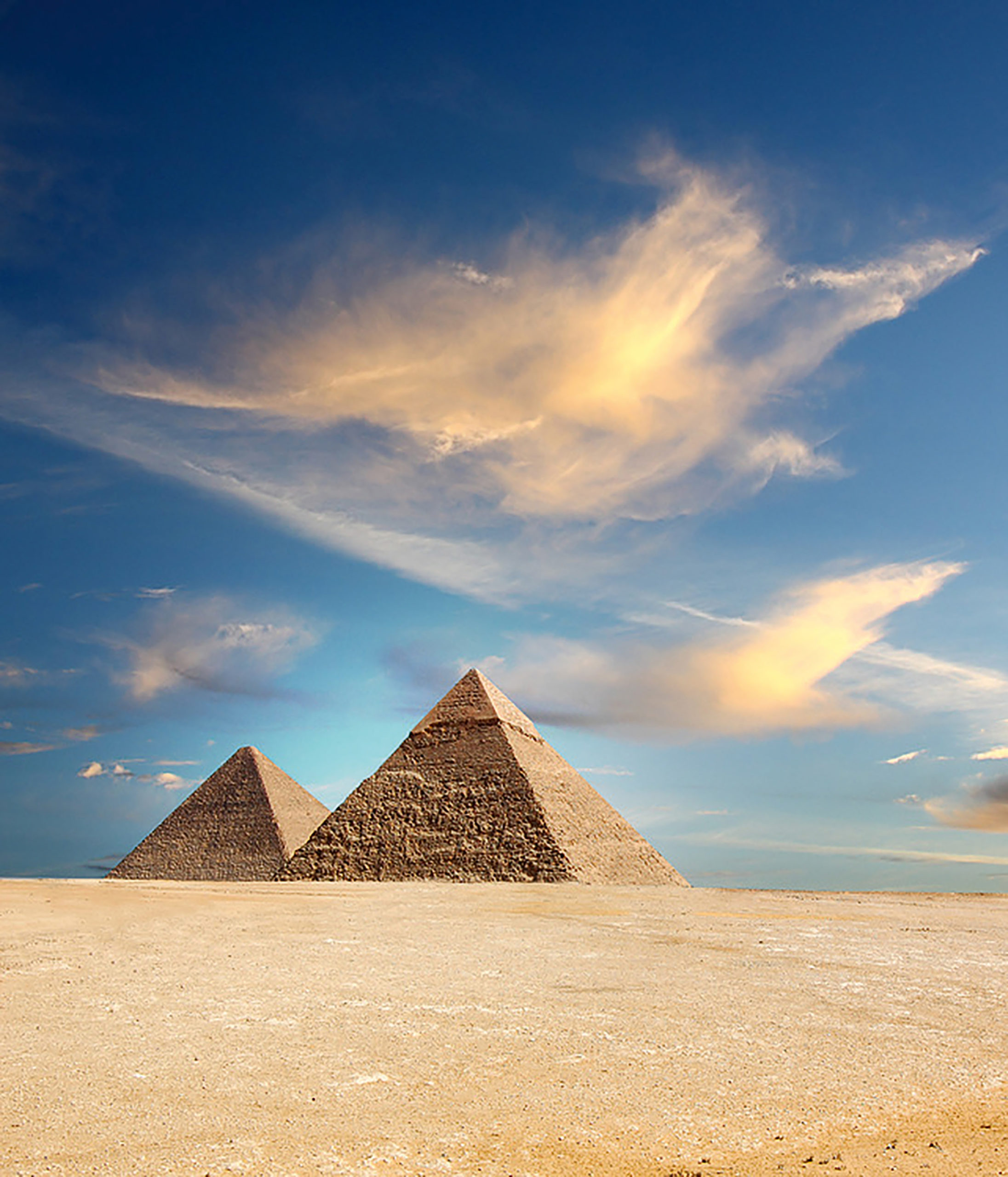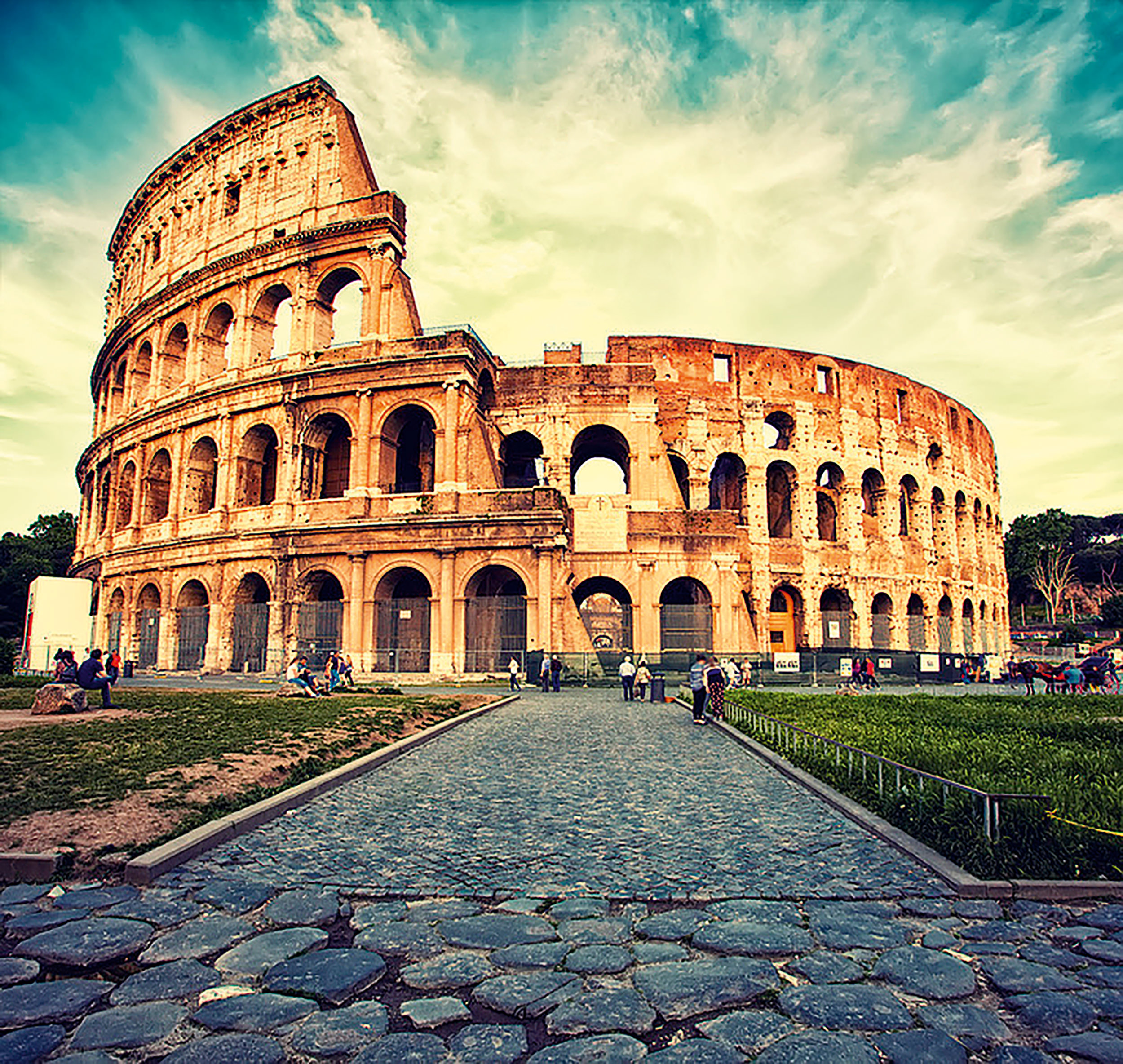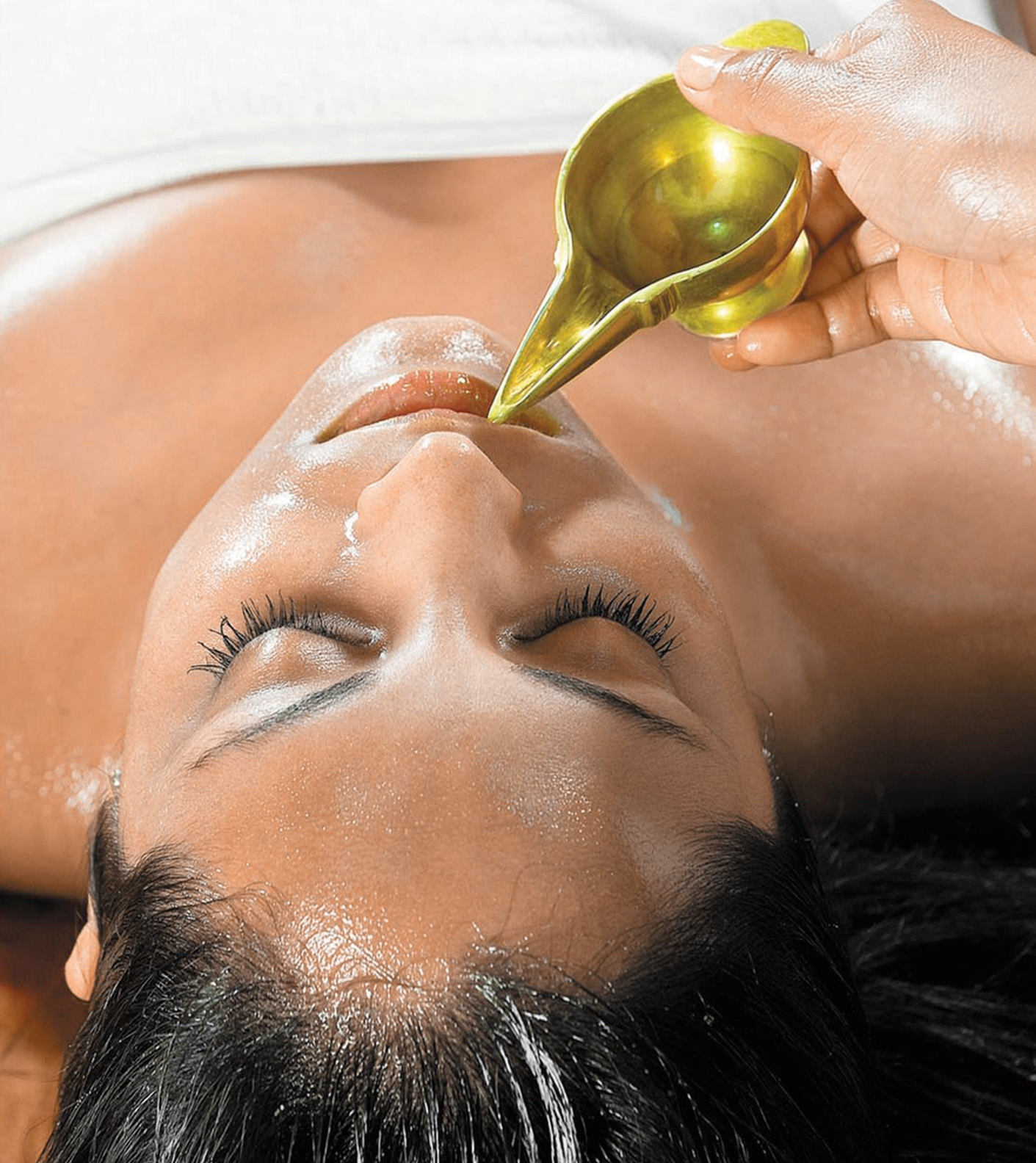26/10/2016
Fragrance is life
Fragrance is life
A journey through the conceptions of the ancients on gods, incense, aromatic plants, and fragrances
The importance of fragrances in the ancient world
From the earliest human history until the early classical period, fragrances were exclusively reserved for the use of rulers and the priestly class. Only these groups were believed to have the knowledge and capabilities to use fragrances and incense to set up contact to the world of gods. The healing effect of aromatic plants, woods, and the fragrances themselves were discovered early, and knowledge of these powers systematically collected by emperors and other rulers. They enjoyed the unlimited respect of a god-fearing population, for – in established imagination – only those with almost divine powers could have the knowledge of healing. More than 3,500 years ago, the ancient Egyptians had the following proverb, known throughout the land:
“A day without fragrance is a wasted day.“
Original saying adapted
Egypt – The cradle of fragrance culture
To this very day, Egypt is known as a country of fragrance culture. It was there that the importance of fragrances and aromatic compounds for everydays life was first recognized.
Thus the female pharaoh Hatshepsut, who reigned in Egypt from approximately 1470 to 1445 B. C., issued a divine decree that, from then on, incense, fragrances, and cosmetics were no longer to be permitted to the priestly class and the ruling family alone, but could also be used by all Egyptians, regardless of the social class.


Fragrance is life
In many ancient cultures it was the widespread opinion that the gods only subsisted on the winds and fragrances sacrificed by humans: the “per fumum”.
Also dance, song, and music were believed to represent food for the gods, in some parts of the ancient world. Therefore burnt offerings, fumigation, and fragrance sacrifices were a way to talk to the unearthly, the heavenly – the gods – to be mild and merciful. Furthermore, they served as some sort of food for the gods. For it was believed that the gods were close, and divine protection assured, if people surrounded theirselves with the fragrances of smoke and incense.

Tradition of ayurvedic medicine and perfume manufacturing
The origins of ayurvedic health concept date at least 5,000 years back to the foothills of the Himalayas in the northwest of the Indian subcontinent.
Characterized by “veda” (knowledge), it already knew the positive effect of plant aromas as well as herbs, spices, resins, and minerals. Fragrances, that are distilled essences of plants and flowers, were appreciated not only for their medicinal properties, but also as natural perfumes. The tradition of manufacturing perfume (the distilling of fragrances) can be traced back to earlier than 3,000 B.C. Distilling equipment made of terracotta from this period has been found in western India and Pakistan. Leather bottles were also used for distilling.
The importance of fragrances in other advanced civilizations
In other advanced civilizations at times of the Sumerians, Babylonians, and Assyrians, as well as in the early Indus civilization (around 2,800 B.C.) and the high period of the Harappan culture fragrances, aromatic plants, plant extracts, and cosmetics were used only by the priestly caste during religious ceremonies and funeral rites to communicate directly with the gods.

European fragrance culture
Offering, object of exchange, protection against diseases or seduction – the history of fragrances and perfumes reflect economy, medicine, faith and customs of different eras.
- By the end of the 19th century under the influence of the upper bourgeoisie, the modern perfume industry develops. At the 1868 World Exhibition, the first purely synthetic perfume is presented.
- In the Age of Enlightment, hygiene is recalled, finer fragrances are preferred, great importance is attached to make-up and hairstyles, and people submit to the dictatorship of fashion. Eau de Cologne is invented by Jean-Antoine Farina.
- Perfuming over washing – based on the model of Versailles, men and women of the classical era mask their body odors with perfume. It is the age of perfume and powder manufacturers. Grasse und Montpellier compete to get medical herbs and aromatic plants.
- The great discoverers of the Renaissance introduce new raw materials from America and India. Alchemical recipes are replaced by first chemical treatises. At the royal courts, a competition about the secrets of beauty starts.
- In the Middle Ages, crusaders bring raw materials and perfume techniques from the oriental region to Europe. It was believed, that good odours keep out epidemics and enhance physical well-being.
- In ancient Egypt and ancient Greece, salvationand scented plants, woods and resins were given to the gods as a sign of devotion. Incenses, oils and balms were used by rich and poor people to get close to devine.
Aromatic plants for healing
The use of wild herbs and aromatic plants for ritual purposes and for treating illnesses, extends even further back in human history.
According to legend, the Khoisan people, an ancient tribe in southwestern Africa, knew the use of wild herbs more than 100,000 years ago. They had already established familial structures and developed communities with their own language and close social ties. According to an evaluation of more than 2 million DNA data, conducted under the aegis of Prof. Stephan Schuster of Pennsylvania State University, the Khoisan were among the first modern human beings on the planet. Today, every person alive is directly descended from these ancestors.
Aromatic traditions and rituals
Incense plants, resins, and blossoms were widespread in the ancient world; apart from a few, mostly local exceptions, the same sources of fragrances were used everywhere.
Among the most popular and widely used sources were quince seeds, jasmine flowers, gum mastic, myrrh leaves, rosemary, lavender, juniper berries, cedar wood, oud or agarwood, lotus, and rose petals. The enthusiasm of the ancient Egyptians for flowers and fragrances cannot be explained simply by a fondness for pretty blossoms and pleasant fragrances, but has a deeply rooted religious basis. Thus it is that the word “bouquet” in the ancient Egyptian language uses the same hieroglyph and has the same meaning as the word “life”. It is this tradition that gave rise to a flower ritual performed at funerary ceremonies.
Bundles of aromatic flowers and bottles of fragrance were placed in the coffins that even the gods in the afterlife would still be able to smell the favorite fragrances of the dead. The basis for this tradition is the custom of cultivating flower gardens, widespread in Egypt and originally adopted from the Babylonians. This was done everywhere, even in the cities, to offer a pleasant environment for conversations with the departed, who were allowed to leave the underworld and visit the world of the living in the form of birds.







